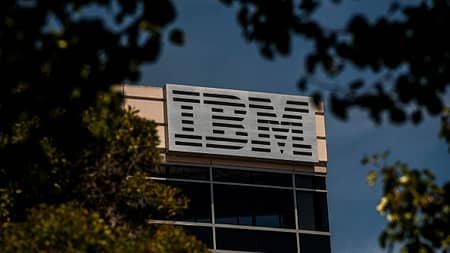New Delhi: Microsoft is partnering with Advanced Micro Devices (AMD) to expand the chipmaker’s capabilities in artificial intelligence (AI) processors, according to insiders. The move is part of Microsoft’s wider strategy to gain more control over highly sought-after components and offer an alternative to Nvidia, which dominates the market for AI-capable chips. The software giant is also providing financial support for AMD’s AI efforts and working with the chipmaker on a homegrown Microsoft processor for AI workloads called Athena. The collaboration highlights the race to augment AI processing power, which is in high demand following the explosion of chatbots and other AI-based services.
Microsoft’s involvement in the chip industry has been deepening over recent years, and it has been building a silicon division under former Intel executive Rani Borkar. The group now has almost 1,000 employees, with several hundred of them working on the Athena project. The Information recently reported on Microsoft’s development of the Athena chip, which requires the pricey and powerful processors that Nvidia provides. Microsoft’s relationship with OpenAI, in which it has invested $10 billion, is also requiring computing power beyond what the company expected when it ordered chips and set up data centers.
AMD has also made AI its top strategic priority, according to CEO Lisa Su, who said the chipmaker is in the early stages of the AI computing era, which is growing faster than any other technology in recent history. AMD also has an opportunity to make partly customized chips for its biggest customers to use in their AI data centers.
Although creating an alternative to Nvidia’s lineup is a challenging task, Microsoft is not alone in trying to develop in-house AI processors. Amazon, Microsoft’s cloud rival, acquired Annapurna Labs in 2016 and has developed two different AI processors, while Alphabet’s Google has a training chip of its own.
The Athena project is developing a graphics processing unit that can be used for training and running AI models. The product is already being tested internally, and one insider said it could be more widely available as soon as next year. However, a first version is just a starting point, and it takes years to build a good chip. Nvidia has a substantial head start as the chip supplier of choice for many providers of tools for generative AI, including Amazon’s AWS and Google cloud.
Nvidia’s dominance is partly due to its package of software and hardware that works together, including chips, a programming language, networking equipment, and servers, enabling customers to rapidly upgrade their capabilities. But Microsoft’s partnership with AMD demonstrates that the industry is seeking to break Nvidia’s monopoly in AI-capable chips and expand the range of options available to businesses.
The collaboration is part of a broader trend toward building specialized hardware for AI workloads rather than relying on general-purpose chips. As AI models become more complex and data sets become larger, the demand for specialized processors that can handle these workloads more efficiently will only continue to grow. Microsoft’s partnership with AMD is just one example of how the tech industry is racing to meet this demand and develop the next generation of AI-capable chips.










